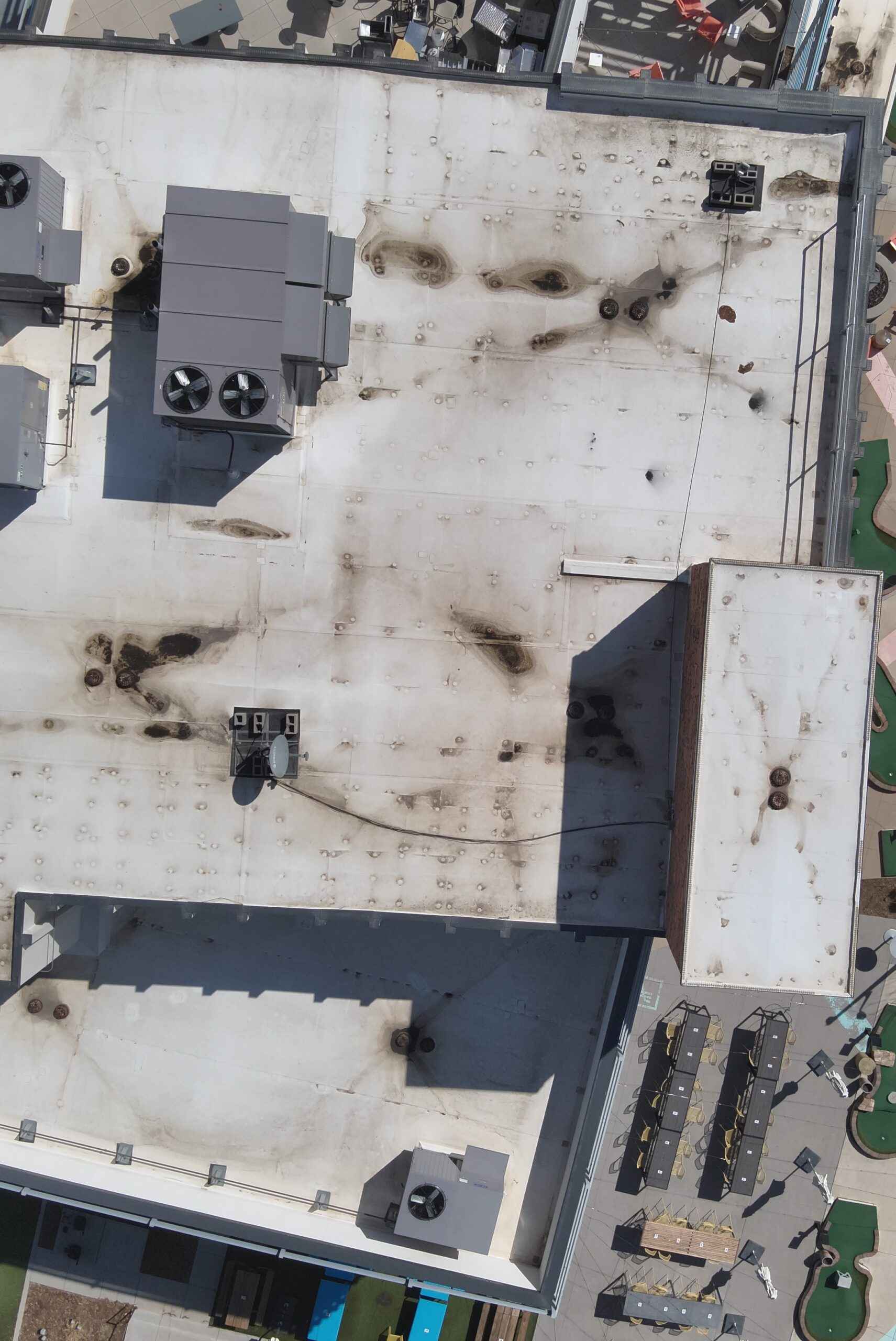What is the first shield of protection when maintaining a building’s structural integrity? The roof! But even the most durable rooftops are vulnerable to weaknesses. Issues like leaks, aging, weathering, or storm damage, can make a roof fall into disrepair over time and leave everything sheltered beneath at risk. This is why regular roof inspections are essential to ensure these issues are detected early, and costly emergency repairs are prevented.
Commercial Roof Inspections With Drones
Drones have fundamentally changed how commercial roof inspections are carried out. These cool-looking flying machines are not only used for professional videography and commercial marketing, they have replaced the conventional, tough, and expensive process of inspecting rooftops with an easier, safer, affordable, and more efficient method.
Why Are Drones Better For Commercial Roof Inspections?
Ensure Safety
Commercial building structures consist of tremendous heights, complex designs, defects, as well as hard-to-access areas. The risk of collapsing roofs or your staff slipping and getting injured is high. Using drones for roof inspection ensures the safety of the structure, the staff, and the residents.
Get In-depth Data
High-quality cameras attached to drones can capture every nook and corner of a roof, allowing inspectors to easily access and analyze important data precisely. Exact measurements of ridges, valleys, rakes, drip edges, length, area, and pitch can all be collected quickly and safely.
Give Faster Results
Traditional roof inspections take a considerable amount of time. But with the use of drones – since scaling rooftops is no longer necessary – planning and executing roof inspections becomes much faster.
Save Money
Acquiring and transporting ladders, scaffolds, lifts, and other climbing gear is expensive. Using drones for roof inspections can significantly reduce costs, as this equipment is no longer necessary. Furthermore, it also cuts down on labor costs. All you need is an experienced drone operator and you’ll be set.
Less Inconvenience to the Commercial Facility Owner/Manager
Unlike the conventional roof inspection process, drones do not require a dozen people outside (or on top of) the building, which means there is very little interruption to the day-to-day operation. Any commercial facility can easily continue to operate during the inspection process.
Geared Toward Insurance Claims
Insurance claims can be tricky. If you’re filing an insurance claim on your commercial rooftop, having high-quality, high-definition drone images can make the process easier. For example, commercial rooftop inspections with drones can focus specifically on areas that are being fixed, or under dispute with insurance agencies. With these high-resolution photos, it’s easier to expedite the process and provide actual documentation of damage.
Large Scale Surveying
Commercial facilities’ rooftops can be very large. Inspecting 95 condominiums, or a 2 million-square-foot warehouse, can be challenging! However, with a drone, large-scale roof inspections become much more feasible.
What Does A Typical Drone Inspection Look Like?
In a typical roof inspection, specialized or off-the-shelf drones are used together with the appropriate software application. Generally, a basic drone-based inspection has the following steps:
- The pilot creates the flight plan on the app. This can be done on-site or in the office and involves specifying the address of the building and then defining the perimeter of the roof.
- Once the plan is ready and the pilot confirms that everything is in order, he or she uses the controller or mobile phone app to launch and control the drone.
- The drone automatically follows the flight path while gathering images and collecting any other information depending on the sensors and the intent of the inspection.
- Within minutes, the drone will automatically land according to the program and transfer the data to the mobile device or any other configured location.
Adding AI and other software tools enable the automatic detection of defects that a human eye is likely to miss. There is also a wide range of imaging and analysis tools that can create 3D models and generate various valuable reports for maintenance, bidding, insurance assessments, marketing and more.
Conclusion
Drones have become an indispensable part of many roofing businesses. They are safer, faster and cheaper. They enable roofers to collect a wide range of data which is significantly more accurate. Usually, the traditional manual methods have several limitations and come with high costs, more risks, and time-consuming inspections. Drones provide cost-effective assessments that are faster, which ultimately allow companies to carry out more inspections.
Partner With Blue Nose Aerial Imaging For Your Commercial Roof Inspection Projects
Blue Nose Aerial Imaging is a veteran-owned drone services franchise. We are a premier full-spectrum drone services provider with years of experience with drones and the roofing industry. From Washington to Florida and New York to California – we are the only franchised commercial drone services provider in the United States. Our professional pilots would be happy to provide drone inspection services to assist you with your next project. From small-time to city-sized projects, our skills can keep up with the demand. Get in touch with our professional pilots to discuss your next roof inspection project today!

